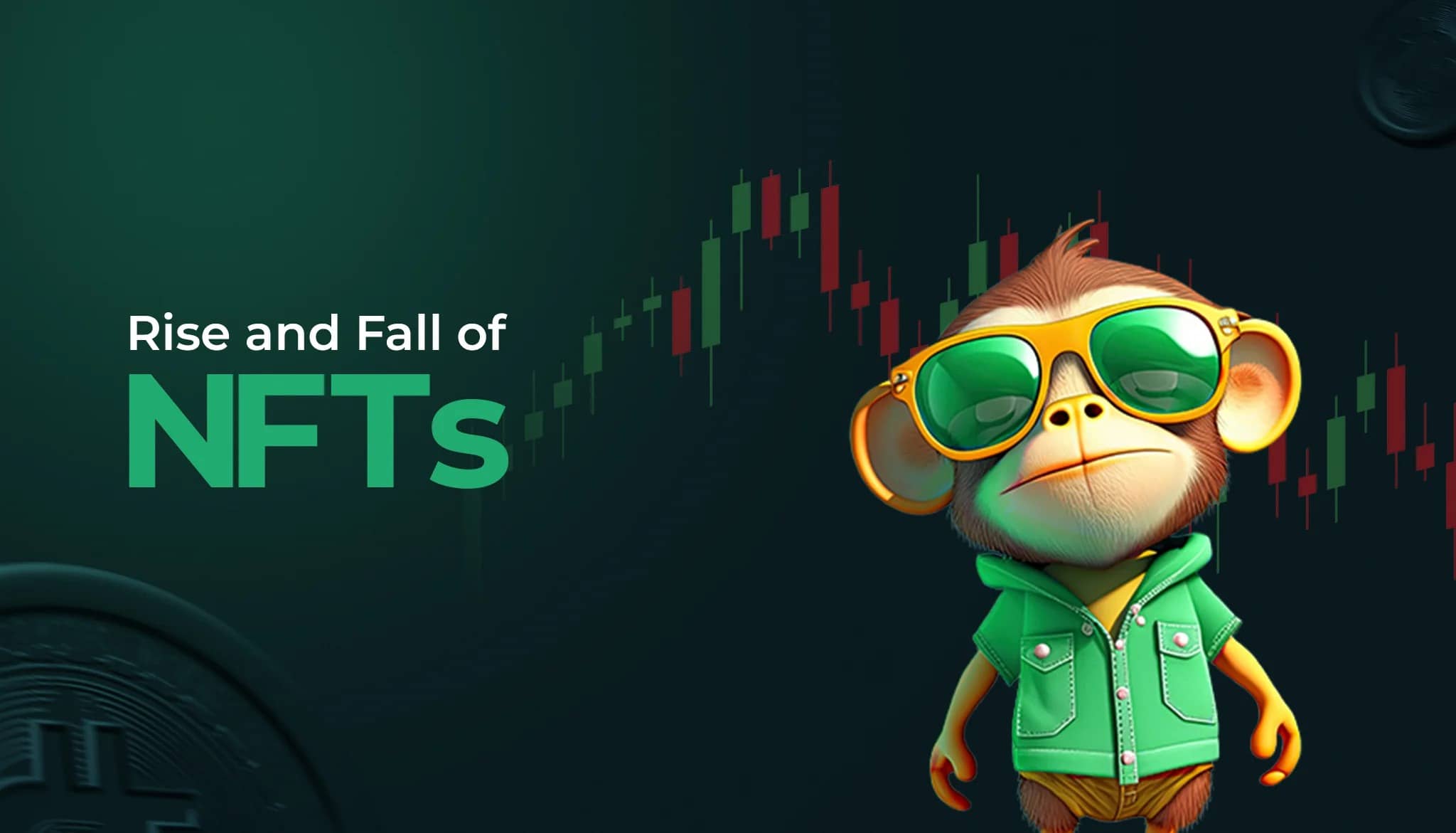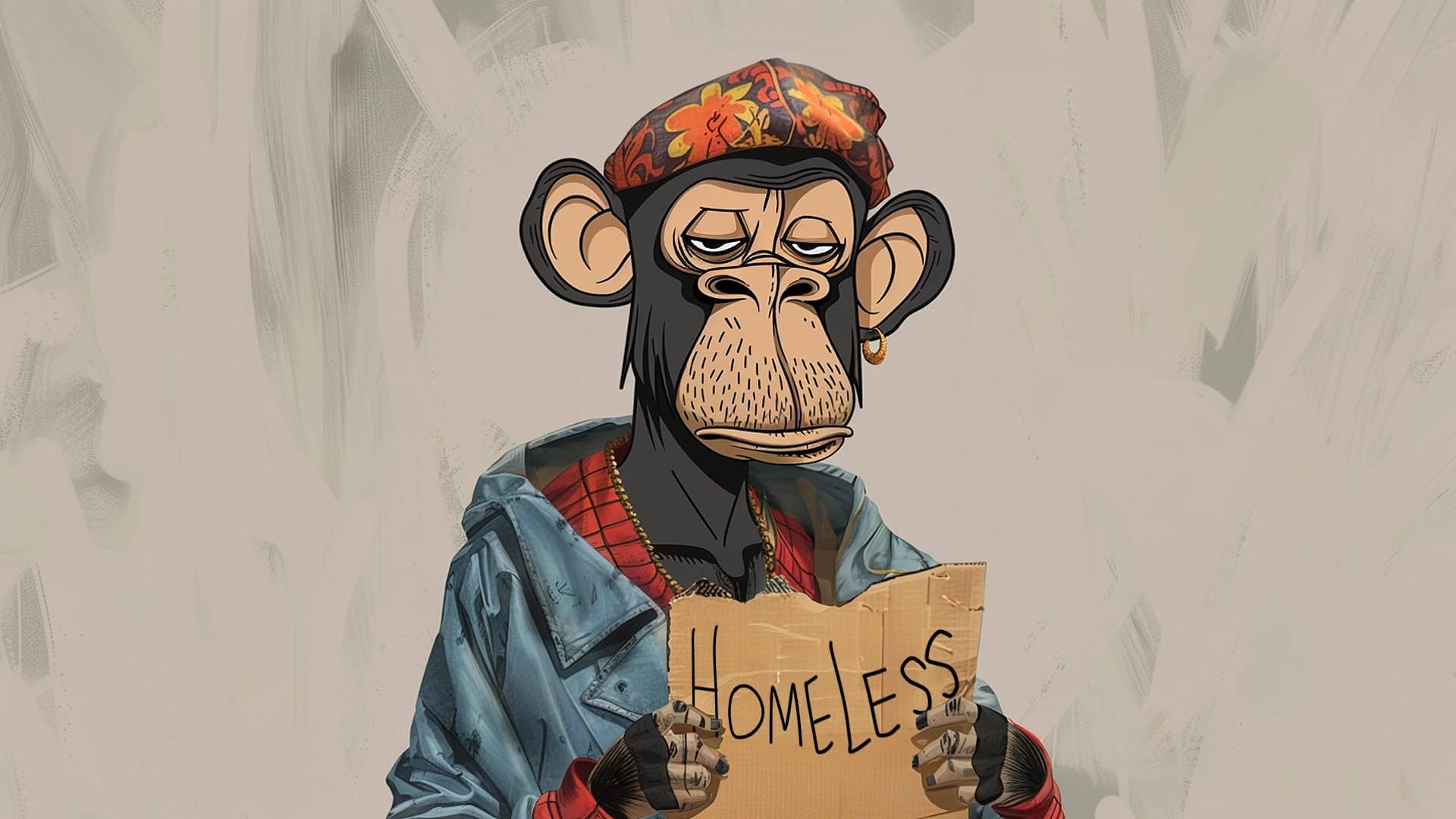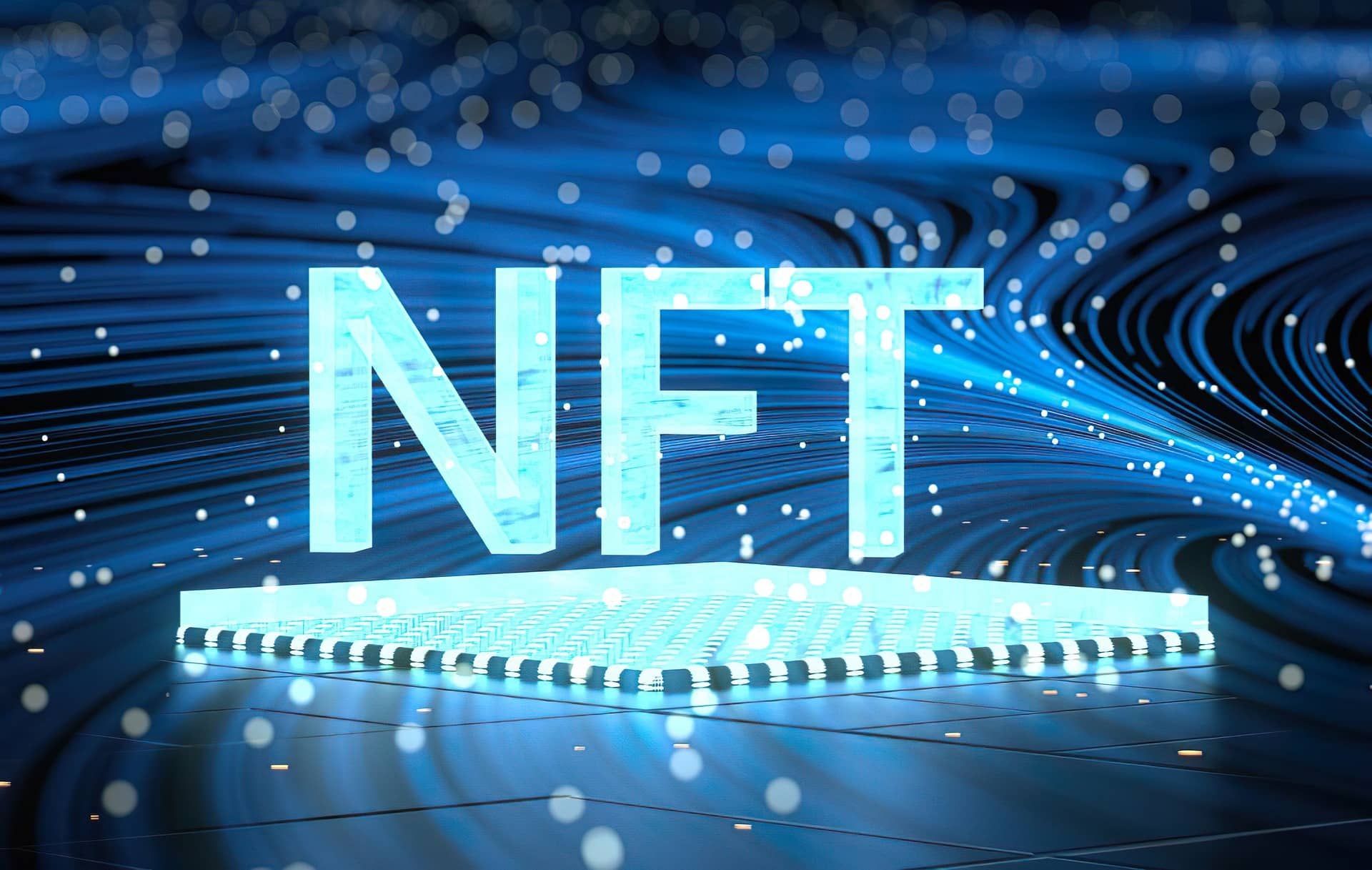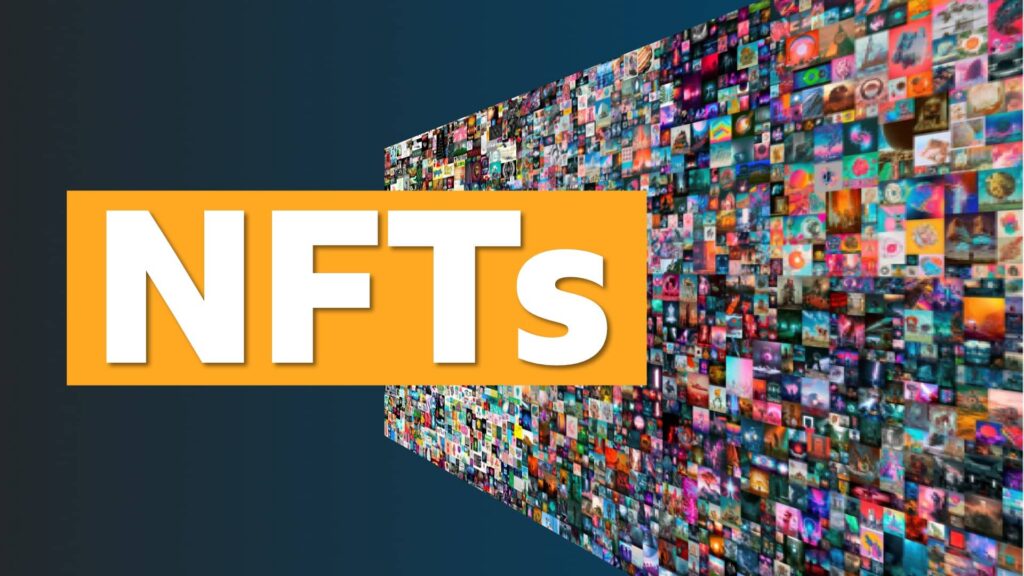The world of digital assets has experienced a massive transformation with the rise of NFTs (Non-Fungible Tokens). Some view them as a revolutionary way to own and trade digital art, collectibles, and other assets, while others dismiss them as a passing fad. But is the rise of NFTs just a short-lived trend, or could they be the future of how we interact with and own digital property? In this article, we’ll dive deep into the rise of NFTs, examining their potential for long-term impact and exploring whether they represent a new era of digital ownership or a bubble waiting to burst.
1. What Are NFTs?
To understand the rise of NFTs, we first need to know what they are. NFTs, or Non-Fungible Tokens, are digital assets that represent ownership of unique items, whether it’s digital art, music, video clips, or virtual real estate. Unlike cryptocurrencies like Bitcoin or Ethereum, which are fungible and can be exchanged one for another, NFTs are unique. This uniqueness is the foundation of their value.
Each NFT is stored on a blockchain, providing a transparent, verifiable record of ownership. This technology has fueled the rise of NFTs by ensuring that the ownership and transfer of digital assets are secure and publicly visible
 .
.
2. The Rapid Rise of NFTs
The rise of NFTs has been meteoric. From 2020 to 2021, the market for NFTs exploded, with NFT sales reaching billions of dollars. Artists like Beeple made headlines when his digital artwork sold for $69 million at a Christie’s auction. Sports organizations, musicians, and even major brands like Nike and Coca-Cola have embraced NFTs, using them to engage with fans and create new revenue streams.
The rise of NFTs in the art world has been especially notable. Traditional artists, digital creators, and collectors are finding new opportunities in the NFT market. With platforms like OpenSea, Rarible, and Foundation, creators can sell their work directly to buyers without relying on traditional galleries or intermediaries.
3. Is the Rise of NFTs Just a Fad?
Critics of the rise of NFTs argue that the current NFT frenzy is reminiscent of previous speculative bubbles, like the dot-com boom or the rise of cryptocurrencies in 2017. Many point to the volatility in NFT prices, the speculative nature of some purchases, and the potential for scams in this unregulated space.
Despite these concerns, others believe the rise of NFTs signals a shift in how we perceive ownership in the digital world. NFTs could be a long-term trend, transforming industries ranging from art and music to gaming and real estate. The key question is whether the technology behind NFTs can evolve and sustain its current momentum.

4. NFTs in Gaming: A New Frontier
One of the most promising aspects of the rise of NFTs is their potential in the gaming industry. Gamers are already familiar with digital ownership, purchasing skins, characters, and in-game assets. With NFTs, players can now truly own these assets, trade them, and even use them across different games.
Blockchain-based games like Axie Infinity and Decentraland have shown how the rise of NFTs can reshape the gaming experience, allowing players to earn real money through digital items. The ability to sell, trade, and use NFTs across multiple platforms creates a new ecosystem of digital assets that could redefine the gaming industry.
5. NFTs and the Future of Digital Ownership
The rise of NFTs goes beyond digital art and gaming. Many see them as a key component of the future digital economy. From virtual real estate to intellectual property, NFTs have the potential to revolutionize how we buy, sell, and trade ownership in the digital space.
For instance, NFTs could be used to represent ownership of physical items like real estate, vehicles, or rare collectibles. In the future, the rise of NFTs could enable seamless transfers of ownership across borders, eliminating the need for intermediaries like banks or brokers. By using blockchain technology, the transfer of assets could become faster, more secure, and more transparent.

6. Challenges Facing the NFT Market
Despite the promise of the rise of NFTs, the market faces significant challenges. One major concern is the environmental impact of blockchain technology, particularly the energy consumption of proof-of-work systems like Ethereum, where most NFTs are currently traded. However, with the shift towards more energy-efficient systems like Ethereum 2.0, these concerns could be mitigated in the future.
Another issue is the legal framework surrounding NFTs. As the rise of NFTs continues, questions about copyright, intellectual property rights, and the regulation of digital assets are becoming more pressing. Without clear legal standards, the potential for disputes and fraud in the NFT space remains high.
- How DeFi is Shaping the Future of Finance: 5 Revolutionary Changes
- Top Crypto Market Trends to Watch in 2024: 7 Key Developments
7. The Future of NFTs: Fad or Here to Stay?
So, are NFTs just a fad, or are they the future? The rise of NFTs has undoubtedly captured the world’s attention, and while the market may experience corrections and fluctuations, it seems that NFTs are here to stay. As blockchain technology evolves and more industries explore the possibilities of digital ownership, NFTs could become a cornerstone of the digital economy.
In the end, the rise of NFTs represents much more than a passing trend. It marks a fundamental shift in how we think about ownership, value, and authenticity in the digital age. Whether you’re an artist, gamer, investor, or casual observer, the world of NFTs offers exciting opportunities and challenges that will shape the future of digital interaction.
Conclusion:
The rise of NFTs is more than just hype; it’s a signal of what’s to come. Whether you believe NFTs are a passing fad or the future of digital ownership, one thing is clear: they’ve changed the conversation about how we interact with digital content. From art and music to gaming and real estate, the rise of NFTs is influencing industries around the globe. As the technology matures, we can expect to see even more innovative uses for NFTs, solidifying their place in the future of the digital economy.

